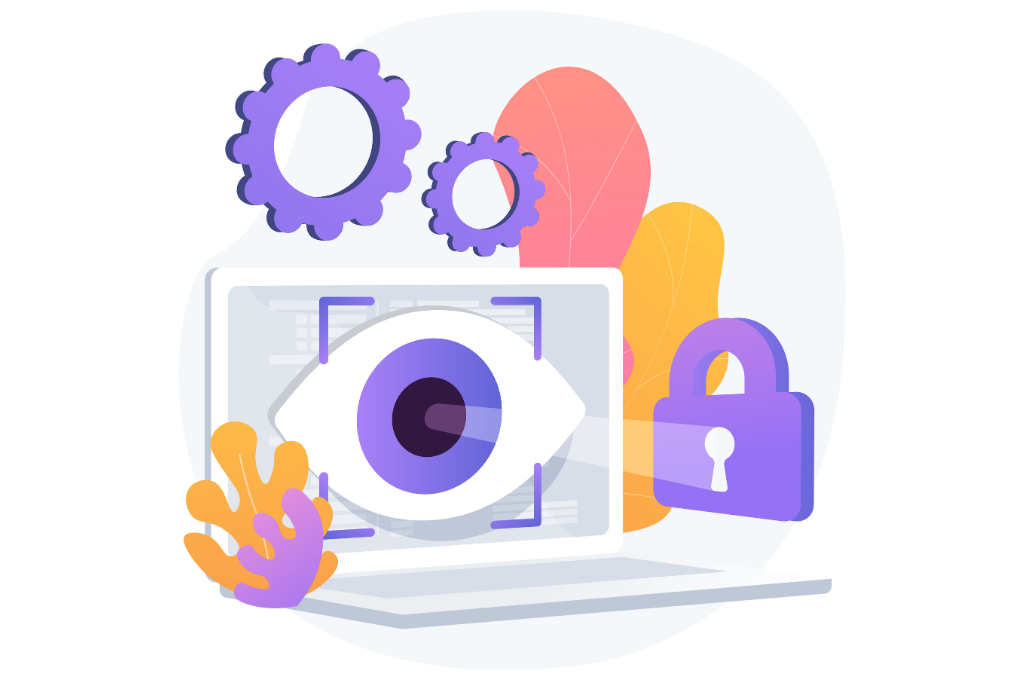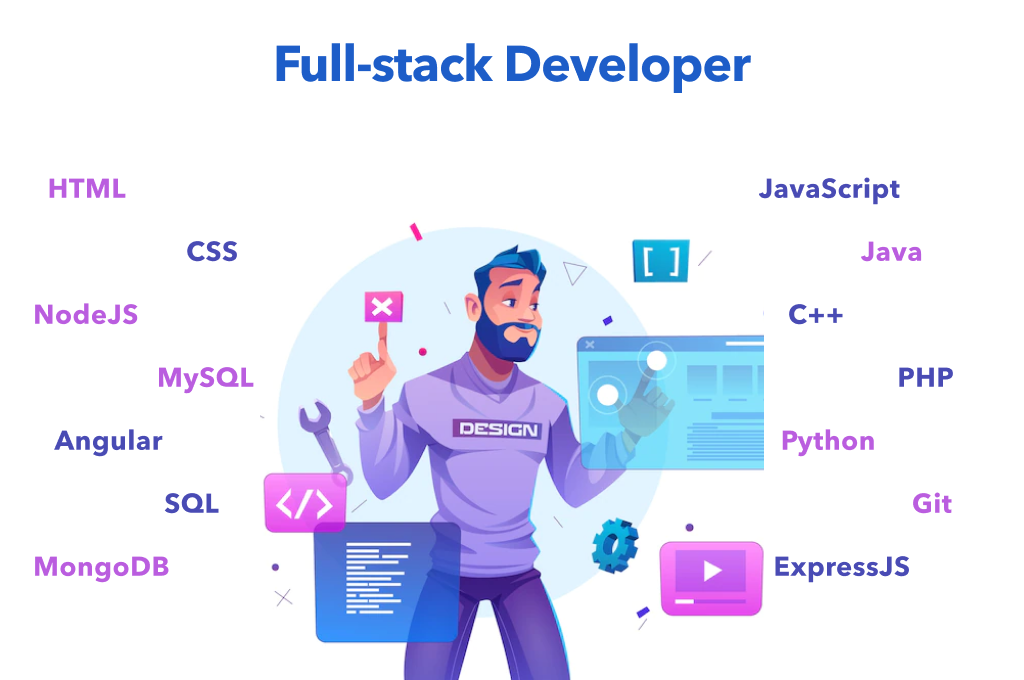Consumer orientation is critical in developing any digital product, regardless of how many original new product ideas you generate. Always keep the consumer’s needs at the forefront of your mind when designing your product or service. It's no surprise that the field experts say that being consumer-driven is essential to being a successful digital influencer in today’s tech-savvy culture.
An online course, an online software product, an ebook, and other digitized goods will not succeed in today’s digitally-competitive marketplace if they don’t meet the consumers’ demands they’re trying to reach. It is true regardless of the type of product being launched.
If you’re also considering developing one of your ideas into digitized goods, here’s a guide to assist you to do so with absolutely more consumer focus.
What Are Digital Products?
A digitized good is an invisible asset that you don’t own but want to sell and make money from. A product that does not have a physical presence and may be offered in software, ebooks, graphics, video content, audio content, coursework, and much more is called digitized goods.
Entrepreneurs are excited about selling digital items since they involve far less raw materials or per-unit costs. For example, many are choosing to create online courses on platforms like Kajabi, Teachable, and other similar platforms to sell their knowledge as digitized goods. It is possible to sell a single digitized thing simultaneously via several computer-based distribution channels.
The world is experiencing digitization, requiring all businesses to modernize and incorporate current technology into their operational activities, procedures, assistance, commodities, and other services. Technology plays a vital role in the traditional consumer journey, from discovering a thing on social media to studying it on the website and eventually buying it via eCommerce portals. Consumers aware of their digital footprints are even considering purchasing digitized goods that fit in well with them.
Exactly Why Do You Need A Product Geared For The End-Users' Needs?
The consumer is always at the forefront of every choice you make as an entrepreneur by creating consumer-focused digitized goods. It implies that you’re always thinking about how your product will affect your consumers. It’s all about getting to know your shoppers well enough to anticipate their desires, requirements, and preferred methods of communication so you can deliver memorable experiences and establish long-term bonds with them.
When it comes to creating digitized goods, it entails considering the target audience’s needs at every phase of the designing and development process.
A great example of a digital product that helps companies do this is the ubiquitous chatbot software that you see on pretty much every website these days – these are powered by AI-based algorithms that engage customers, learn their preferences and interests, craft responses based on their questions, and pass on the feedback to human customer service and product development teams to take further action.
When a firm is consumer-oriented, it takes measures to understand the consumer and act on this knowledge by building a culture that allows workers to make decisions beneficial for both the consumer and the firm. They consider the impact of every business move, process improvements, and buyer engagement on the overall consumer experience while making these decisions.
A consumer-driven strategy and culture go hand-in-hand. Higher consumer retention levels, more recommendations, pricing premiums, and more income result from successful businesses. The motive is to :
1. To Ensure The Satisfaction Of Their Consumers
Providing a consumer-oriented service is the best way to keep your consumers satisfied. In the end, everyone who obtains what they need is happier and more content. Consumers will be dissatisfied if you only think about the business side of things and ignore their needs.
2. To Increase Conversion Rates
A consumer who perceives the overall product experience as consistent with their product expectations is likely to be more receptive to using it. You may increase conversion rates by creating a service that caters to client needs.
3. To Improve Client Retention
Consumers who are happy with the digitized goods are more likely to stick with the brand than try out other products. In addition to attracting new consumers, building consumer-oriented digitized goods may help you keep your current clients as well.
4. To Become A Leader In The Market
If a company provides what consumers want, they are more likely to stick with them. Brands are aware of this. Competitive advantage is gained by brands that deliver a consumer-oriented experience in their digital offerings.
5. To Attract Digitally Aware Consumers
You need to know what your consumers want and how they shop to provide an experience tailored to their needs and preferences. The digitized goods can be injected with cutting-edge technology and offer an unparalleled customer experience.
Strategies For Creating A Product That's Focused On The End-User
Now that we know the importance of creating consumer-driven goods, every business owner is eager to learn the numerous methods to achieve this goal. Let’s look at a few strategic approaches businesses may use to create a consumer-focused digital offering.
1. Confirm The Concept Of The Product
Every entrepreneur should begin by testing the viability of their product idea. Any new product that doesn’t meet market demand will be one of the 90% startups that fail. Conducting thorough market research before launching a new digitized product is essential.
Studying the target audience, conducting polls, and studying the competition are all ways to do this. Businesses may even use social media to get feedback from their consumers to improve their product ideas.
2. Consult With The Target Consumer
A better method to find out what the consumer wants is to ask them right away. You might elicit the consumer’s expectations or needs in various ways. There are multiple ways to obtain people’s input, including polls, surveys, and product testing.
3. Adopt The MVP Strategy
There are several examples of successful entrepreneurs launching a prototype of their product through getting input from beta testers and early users before launching the final product. This is known as the Minimum Viable Product or MVP strategy. Businesses that are just getting started might benefit from this technique. Getting started with a lower investment mitigates most of the risks involved in product development, saves money, and even helps with growth due to the consumers’ inputs.
4. Build The Ultimate Team
When it comes to creating digitized goods aimed at consumers, collaboration is critical. You can only build consumer-oriented goods with the cooperation of every department, teammate, and squad. In addition, the group should take the initiative to provide comments. Your clients will benefit from their unique insights on the digitized goods you’re developing.
5. Assimilate Feedback And Make Changes
There is no more smart method to get consumer-oriented than gathering and applying end-user input. Analyze consumer feedback by creating a digital platform that tracks metrics like attrition and engagement rates, revenue per user, and buyer acquisition costs to understand better how users feel about the prototype.
6. Ensure A Positive Digital Consumer Reputation
Digital goods are only judged to be excellent because of their customers' digital experience. Purchasers want an omnichannel personalized experience at every point of contact with the digital service. A new-age, modern, digitally-aware client expects a product that connects well with them and meets their expectations.
7. Continue Refining
Continuous product improvement is the most effective technique for entrepreneurs to make their products more consumer-driven. It’s impossible to create a perfect product in one shot. Observe the success stories of businesses such as Uber and Airbnb, not to forget Spotify, Facebook, and other popular platforms. New versions of their offerings are constantly updated and modified in response to user input.
Conclusion
The act of creating digitized goods necessitates a thoughtful approach. Many unique startup product ideas can become unicorns if done correctly. The ability of a new product to resonate with and satisfy the expectations of its target market is a critical component of its success.
Creating a product focused on the consumer’s needs ensures that the product will meet and exceed the consumer’s expectations. Successful digitized goods can only be built and launched if you adhere to the above-mentioned strategic methods and implement them into your product development methodology.





















